1999 was a great time to be alive. The excitement of crossing into a new allegorical millennium was nigh. As were the Y2K hysterics that banks would delete money and planes fall out of the sky the moment the calendar goes from “99” to “00”. Unbeknownst to the rest of the world as it was revelling in jubilation and trepidation, 1999 was the year 21st-century car design would be changed for decades to come.
Mind you, not that the last year of the millennium was a vintage year for cars. As evident by the BMW X5 and the Honda S2000 being the only historically significant releases of 1999. One would go onto become a one-hit-wonder and the other rise to sire an unending cavalcade of divisive successors.
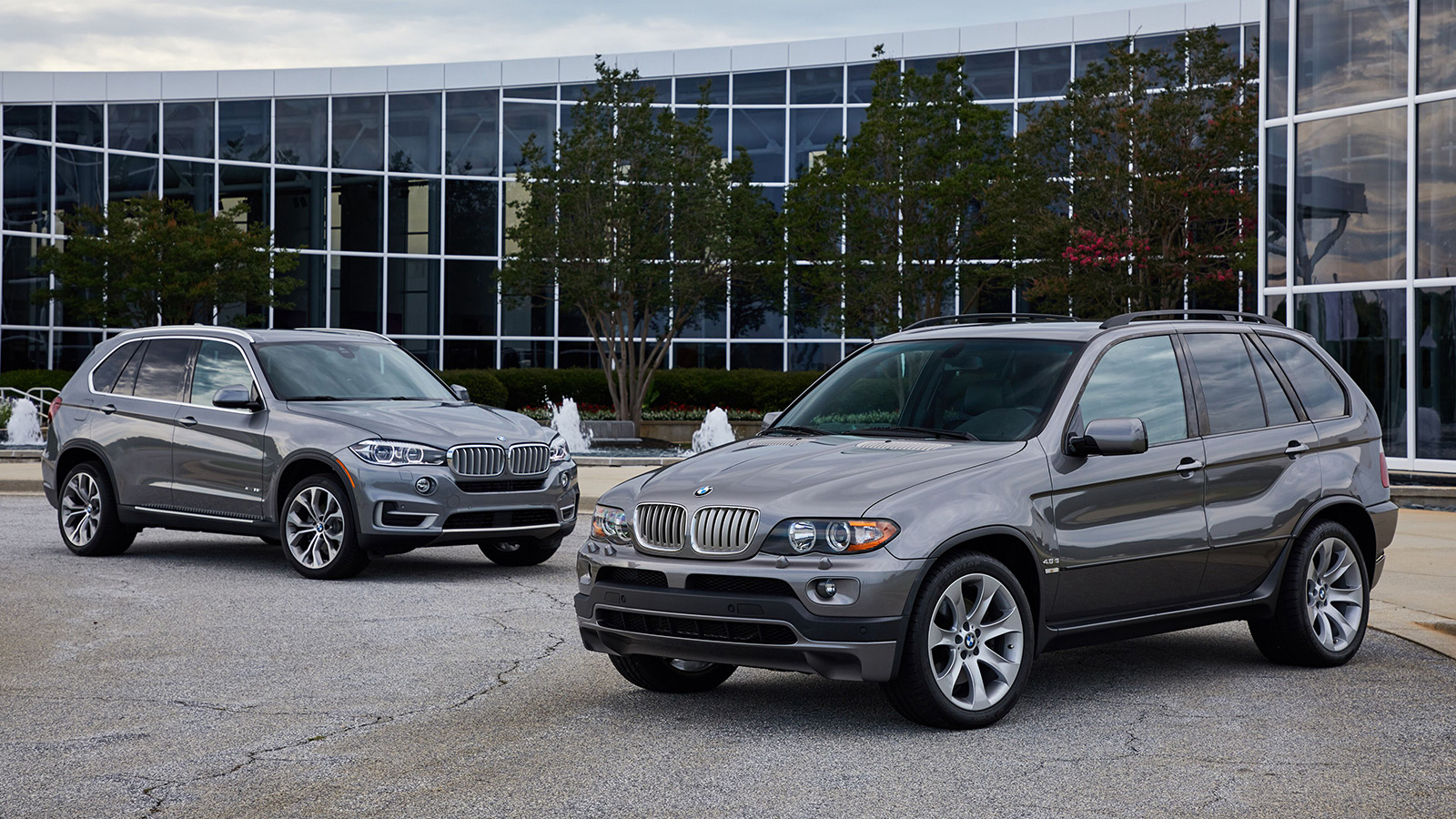
But this isn’t the start of another “How the X5 ruined everything and 12 lies I tell myself” sensationalist piece. Instead, 1999 was the year when two individuals assumed the design leadership of their German employers. Both of whom will redefine 21st-century car design a few years later.
The movers of 21st-century car design

The first individual needs no introduction to any car enthusiast. Hailing from the United States, Chris Bangle is still revered and reviled in equal measure today. Particularly for his avant-garde work at BMW that many have not forgotten, nor forgiven.
However, the focus of this story is on the work of the other individual. A man whose approach to car design couldn’t be any more different from Bangle’s. A quiet Italian who admired classical design greats and was handpicked by Ferdinand Piëch himself, Walter de Silva.
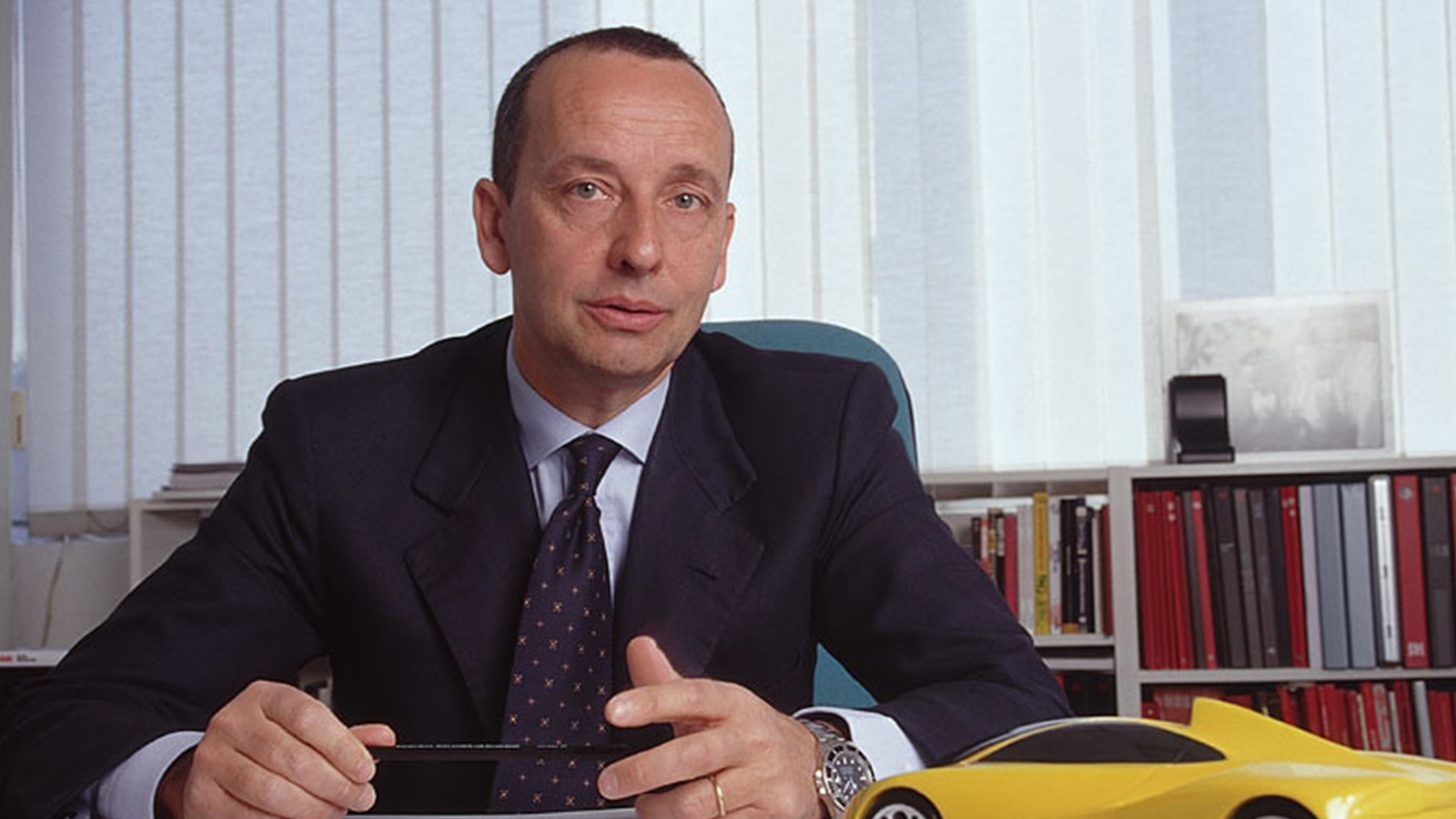
Ironically, though Bangle and de Silva hailed from different continents, both designers cut their teeth working for the Italians. De Silva began his career at Fiat in 1972, worked for the I.DE.A Institute from 1977 before becoming head of Alfa Romeo Centro Stile in 1986. Bangle, on the other hand, joined Alfa Romeo’s owners, Fiat in 1985 after a four-year stint at Opel.
Despite working under the same Fiat corporate umbrella, Bangle’s and de Silva’s works were night and day. Where Bangle pushed boundaries with designs that many found hard to swallow, de Silva preferred carefully considered and sculpted forms that eased the senses.

These personal preferences would manifest itself with Bangle throwing out BMW’s conservative styling for the wild curves and confronting lines of “flame surfacing”, and de Silva reshaping Volkswagen-owned Seat with sensual lines and a distinctive nose job, as he did at Alfa Romeo.
The quiet Italian

While the debate still rages on about Bangle’s influence, there isn’t as much discussion about de Silva. To many, de Silva was just another high-profile lackey that disappeared into the well-oiled Volkswagen Group machine. Though, that had much to do with his personality.
De Silva was not flamboyant like his Audi predecessor, Peter Schreyer, or Bangle’s successor, Adrian von Hooydonk. Curiously, he never spoke “German like a German” in his 17 years at Volkswagen. Instead preferring to let his work do the talking. That isn’t to say his contributions weren’t impactful, particularly the five years in Audi that followed after his placement in Seat.
Bringing the flair to Audi

With Seat fixed, Volkswagen upgraded de Silva’s job scope to the entire Audi group portfolio in 2002, which included Lamborghini. Despite the scale of the job, spicing up Audi’s bland design was high on his agenda. And he did so by masking a portion of the bumper beneath the front grille of all future Audis. Job’s done, cheque, please!
Okay, de Silva did more than just repaint a small portion of the front panel and call it day. Look closely at the trailing lines of the headlights and taillights of his first work, the third-generation Audi A6.
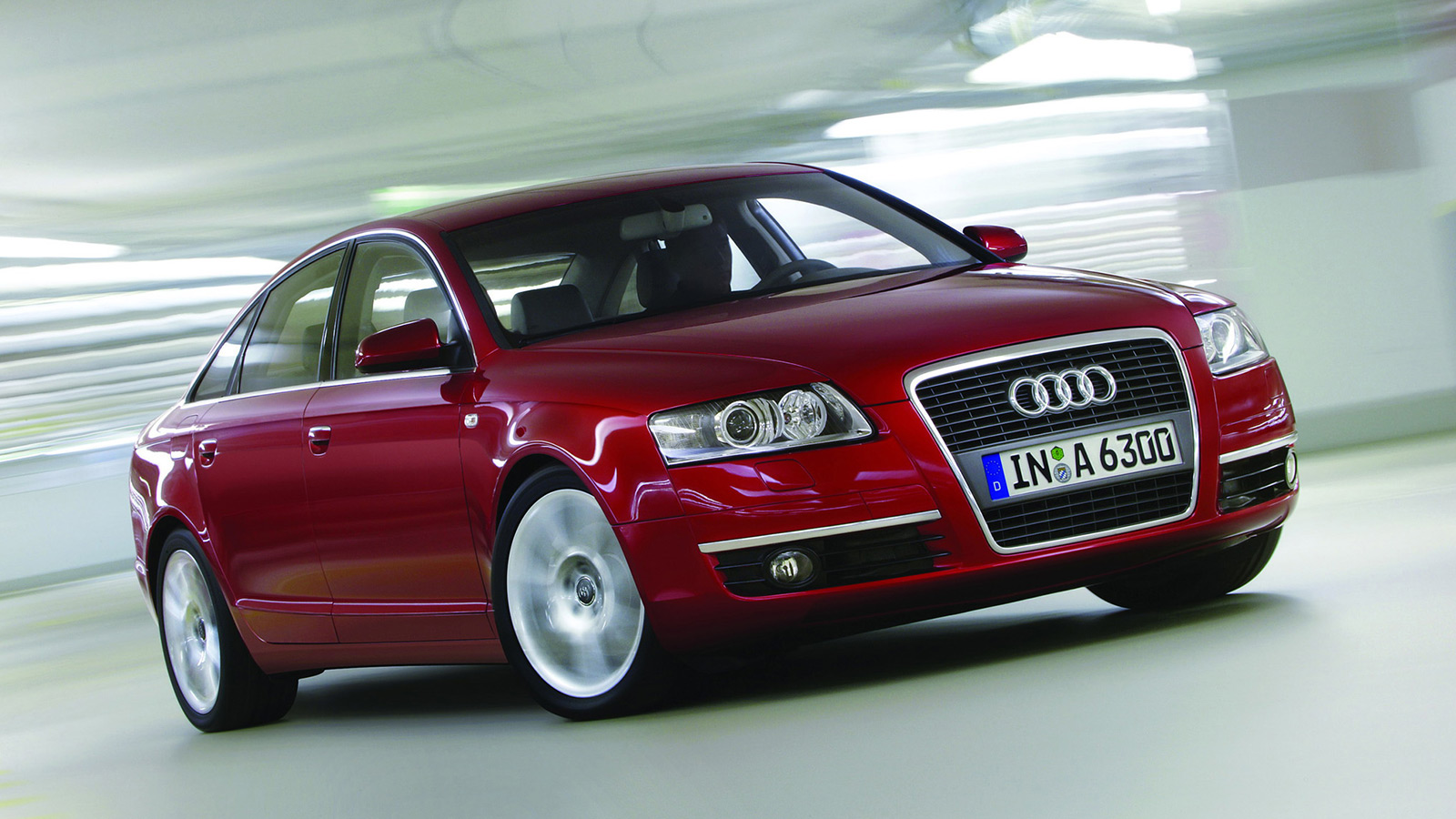
Notice how it is a masterfully curved and reangled version of the previous generation’s clamshell lines. Uncomplicated, but effective. An apt demonstration of de Silva’s ethos of defining a car with “two or a maximum of three lines”. It was a significant improvement in the design department as compared to Audi’s past of designing body panels with a rolling pin.
However, those evocative details are masturbation material for art critics. Customers won’t be salivating over such tiny design elements. But they did swoon for de Silva’s real crowning work with Audi, the blackened bumper portion. You and I know it today as the “Singleframe grille”.
The grille that changed everything

Contrary to its name, the Singleframe grille wasn’t one huge grille, but two. By blending the bumper between the front and lower front grille, and framing the two elements with a chrome, de Silva created the illusion of a single piece grille. Again uncomplicated, but effective.
By creating this one design element, de Silva gave Audi the one thing it desperately needed, an instantly recognisable identity. Though many have come to accept its place as an Audi design hallmark nowadays when initial test audiences first saw the grille, many didn’t like it.
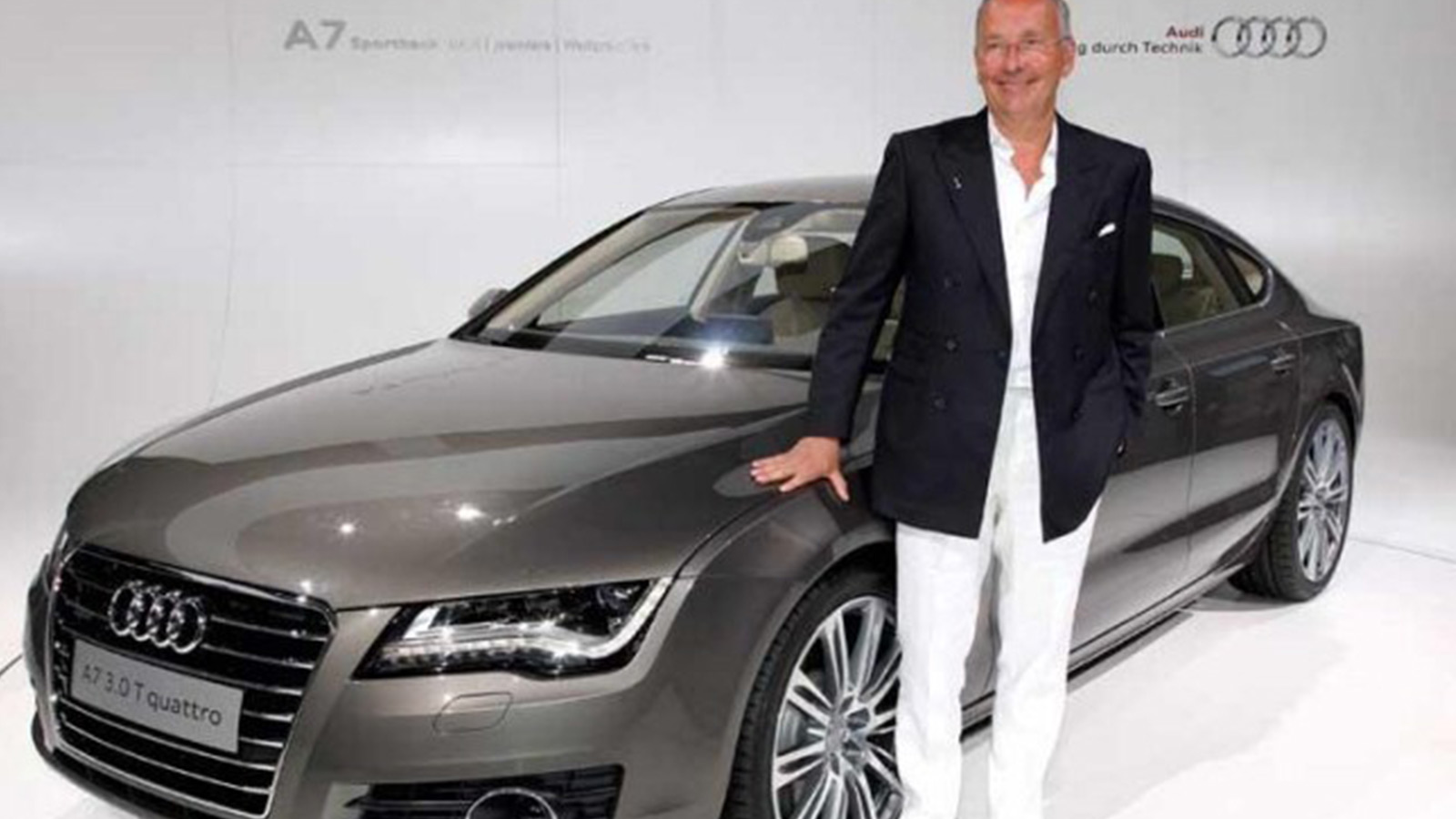
“When I introduced the Singleframe grille, the results showed that consumers liked everything about the car but the grille,” de Silva explained in an interview. “Nevertheless, it has become one of the most important design features of the Audi brand. Audi has received a distinctive face that everybody recognises and remembers – something very important for a premium brand.”
Italian origins of a Teutonic identity

That said, the Singleframe grille’s creation was not all that revolutionary to de Silva. During his stint at Alfa Romeo, he returned the iconic “trefoil” grille to its place of prominence on the 2003 Alfa Romeo Nuvola concept.
It would be a design concept that he would adopt on future Alfa Romeo models. Distancing the iconic Milanese brand from the token trefoil bonnet attachment used on Bangle’s Alfa Romeo 145 hatchback.
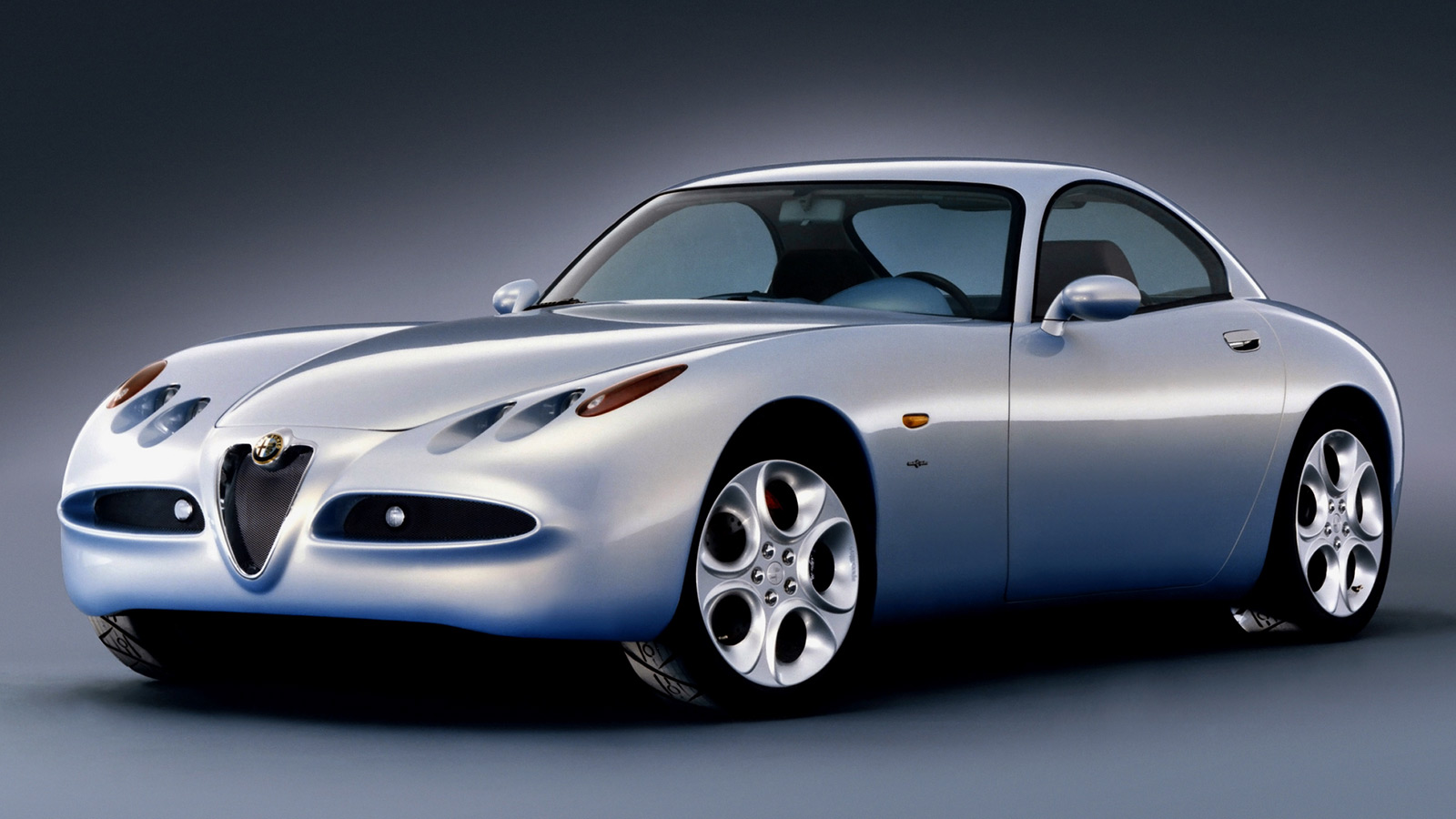
His seminal work at Alfa Romeo, the 156 sedan and 147 hatchback, both featured a prominent interpretation of the triangular grille that was focal to its designs. Not only was it aesthetically successful, but both cars also turned out to be the last great Alfa Romeos beloved by critics and customers without having an asterisk qualifier tagged on.
Like Alfa Romeo, Audi underwent a renaissance period with a new range of de Silva-designed models. By 2008, a year after de Silva assumed the role of head Volkswagen Group Design, Audi was delivering a million cars, nearly double the number it was doing in 2000.
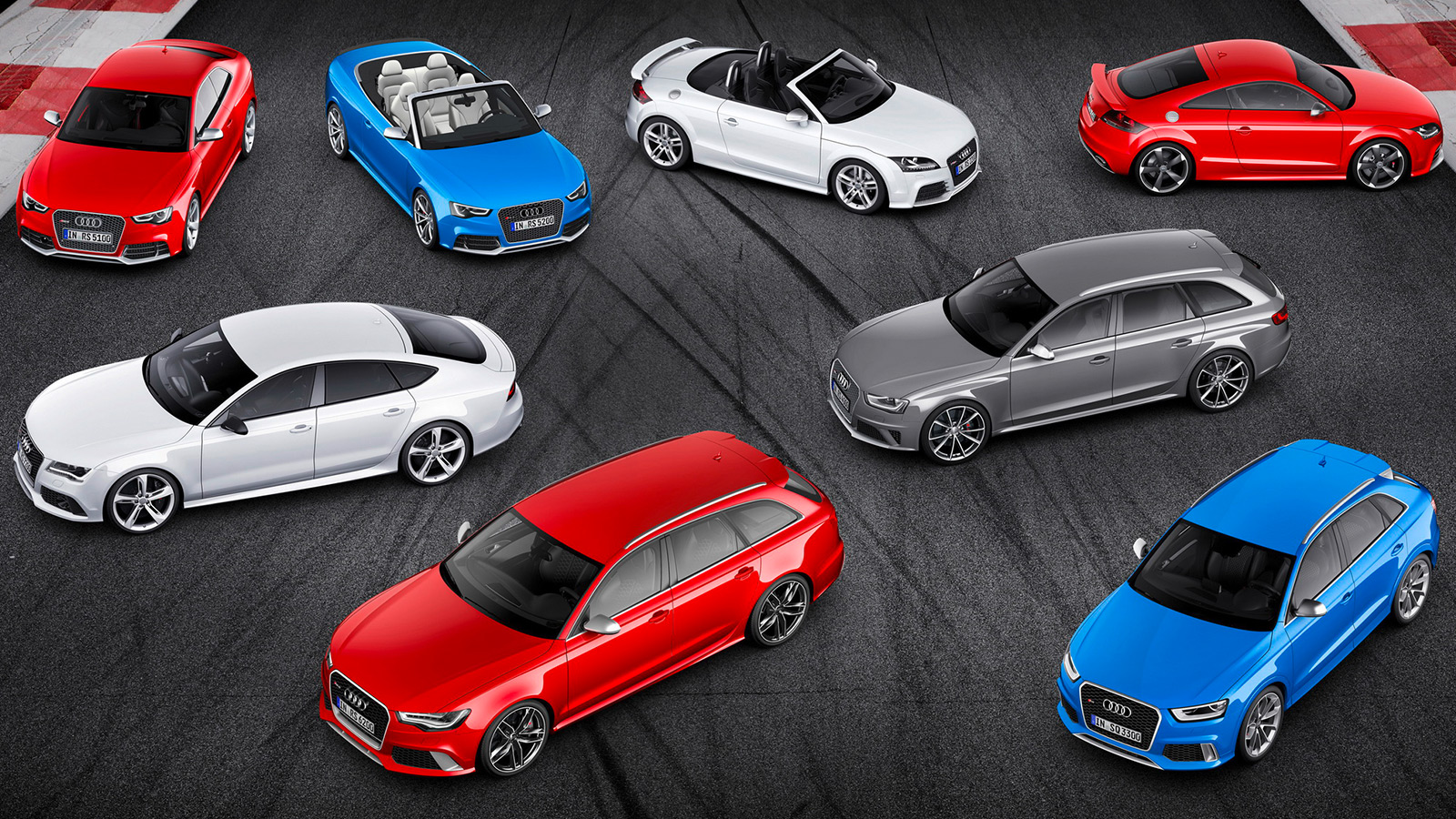
With such a swell in popularity, the once dull rational Audi would rise to dominate the premium car segment. In effect, vindicating de Silva’s design direction in creating an identifiable brand signifier. This, in turn, becomes the success story that would spark off a cavalcade of grille designs from competing manufacturers.
The age of the grille

Fast forward a decade and the car market gets eclipsed by an unstoppable expansion of front grilles. Curiously, a Bangle-less BMW becomes the latest to ignite controversy with the gaping maw of its new BMW 4 Series. And again with a toothy-grilled BMW iX electric SUV. Seem as though nobody at BMW asked why an all-electric vehicle needed a grille, much less a supersized one, in the first place. But there you go.
Contrary to the pages of press release committed to describing the importance of the BMW Kidney Grille, for a greater part of automotive history, signature grille designs weren’t all that important to a car’s design.

Sure, BMW stuck with its bisected kidney grille arrangement from the start. Alfa Romeo gradually evolved the trefoil over decades. The only manufacturer who gave toss was Rolls-Royce, who sued an owner for sticking its Pantheon grille on his creation. Other than that, nobody cared about how the grille looked on the end product, so long as it was functional.
De Silva’s work at Alfa Romeo and Audi brought an aesthetic role to the grille, turning it into a pivotal part of a car’s identity. In doing so, his designs struck a hidden chord with premium car buyers. Not only do they want to be noticed, but they want others to notice what they are driving. And not only did de Silva unwittingly obliged their desires, but he also opened the floodgates for others.
How a grille changed 21st-century car design

When Kia decided on a design-led growth strategy, Peter Schreyer, adopted de Silva’s idea and gave them the now-iconic “Tiger Nose” grille. De Silva’s protégé from Lamborghini, Luc Donckerwolke, upsized the Bentley grille, and penned the Genesis brand’s “Crest Grille”.
Stunned by the success of Audi, other premium brands quickly followed suit. In 2011, Lexus debuted the “Spindle Grille” on the LF-Gh concept and Infiniti’s Etherea concept premiered its double-arch grille. Jaguar started formalising the use of its XF’s square grille on the XJ and future models. And from 2017, Mercedes-Benz, who were more concerned about the location of the logo before, began using the “Panamericana Grille” to mark out its AMG performance variants.

Like nations with nuclear weapons, with so many “distinctive” grille designs coming into the market, each manufacturer eventually reached the same conclusion – “we’ve got to make ours bigger and more noticeable”. How else where you able to make your customers stand out?
As the brand peacocking grows in intensity, so too has the level of flamboyance in the front-end designs of cars. It has gotten to the point that Audi is mulling the idea of scrapping de Silva’s signature creation altogether.
Losing sight of the goal

Tragically, amidst all this one-upmanship, many designers lost sight of de Silva’s intent. The grille was only there to give the car a recognisable identity, not dominate its form in a way that left the rest of its body lost in the noise. Case in point was his work at Volkswagen.
De Silva’s notable Volkswagens like the Mk6 Golf, Scirocco, and Up demonstrated that big grilles weren’t necessary. Rather, grilles are there to give a recognisable face and let the body have its say. It’s a shame that his successors didn’t take note as the dominating grilles on the Arteon and Touareg clearly show.
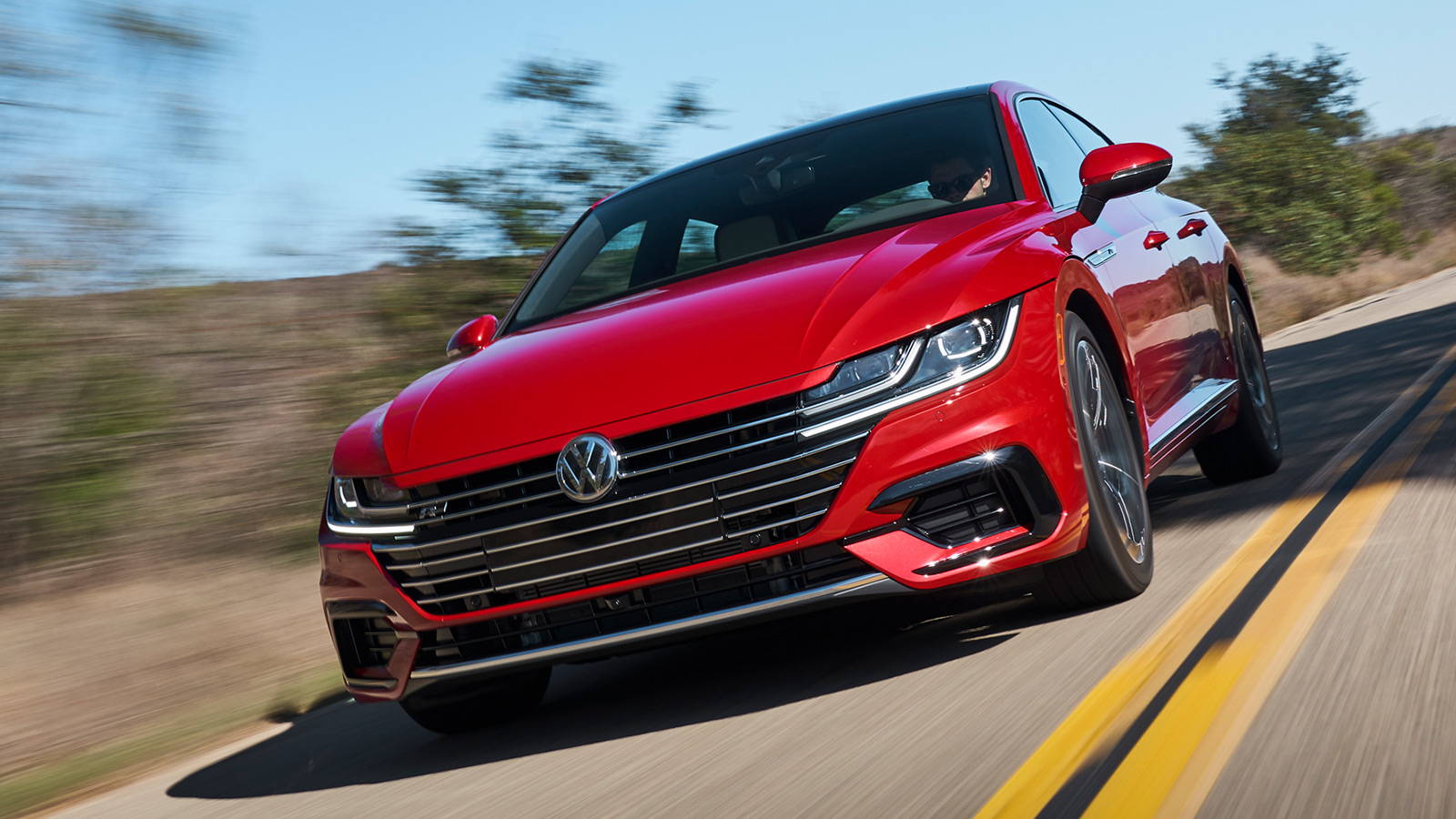
Electric vehicles won’t make the front grille redundant as BMW’s disregard with the iX SUV has shown. Even Audi is applying an interpretation of its signature grille design to its e-Tron all-electric model range. Besides, Tesla and Porsche have already staked their claim to the grille-less all-electric car design. It would be logical for designers to continue using the grille as its brand billboard.
Will 21st-century car design change?
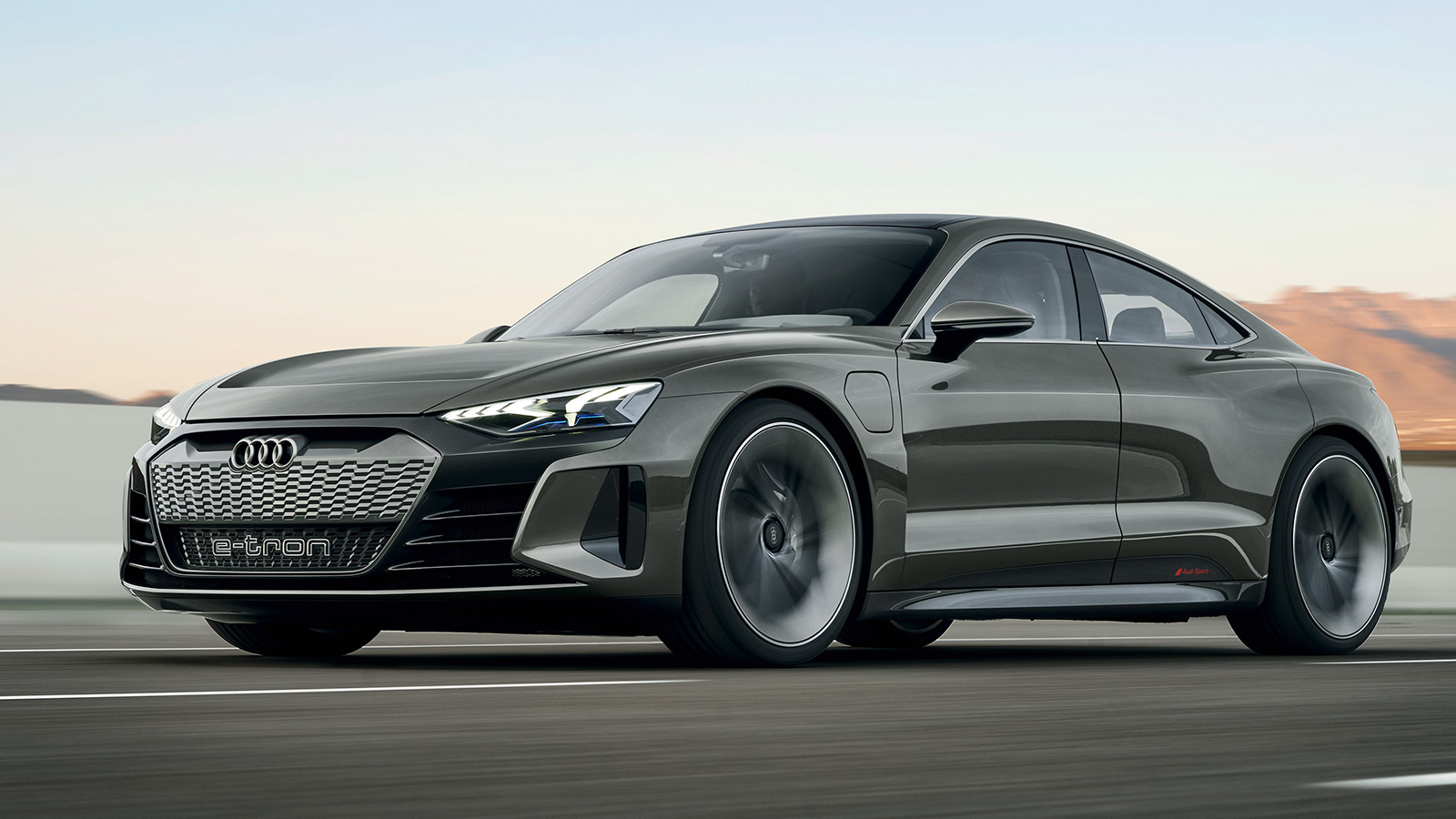
The concept of a signature grille was an idea unleashed from its Pandora’s Box. It is a similar story with Bangle’s “flame surfacing” ideas proliferating through 21st-century car design, following BMW’s rise in popularity.
Business types would easily equate the successes of Audi and BMW to the adoption of prominent grilles and radical designs. Others aren’t very sure, as Audi and BMW’s rise coincided with the introduction of new products and technologies.

Nevertheless, Bangle and de Silva have both left an indelible mark on the industry and changed the course of 21st-century car design. Though today’s trend of combining Bangle’s “flame surfacing” with de Silva’s signature grille concept represents an affront to their individual design ethos.
As demonstrated by the Alfa Romeo 145 and his work at BMW, grille design was just a formality that adorned Bangle’s true canvas, the body. De Silva himself wouldn’t have been a fan of Bangle’s many intersecting lines, it would have been one too many for his liking.
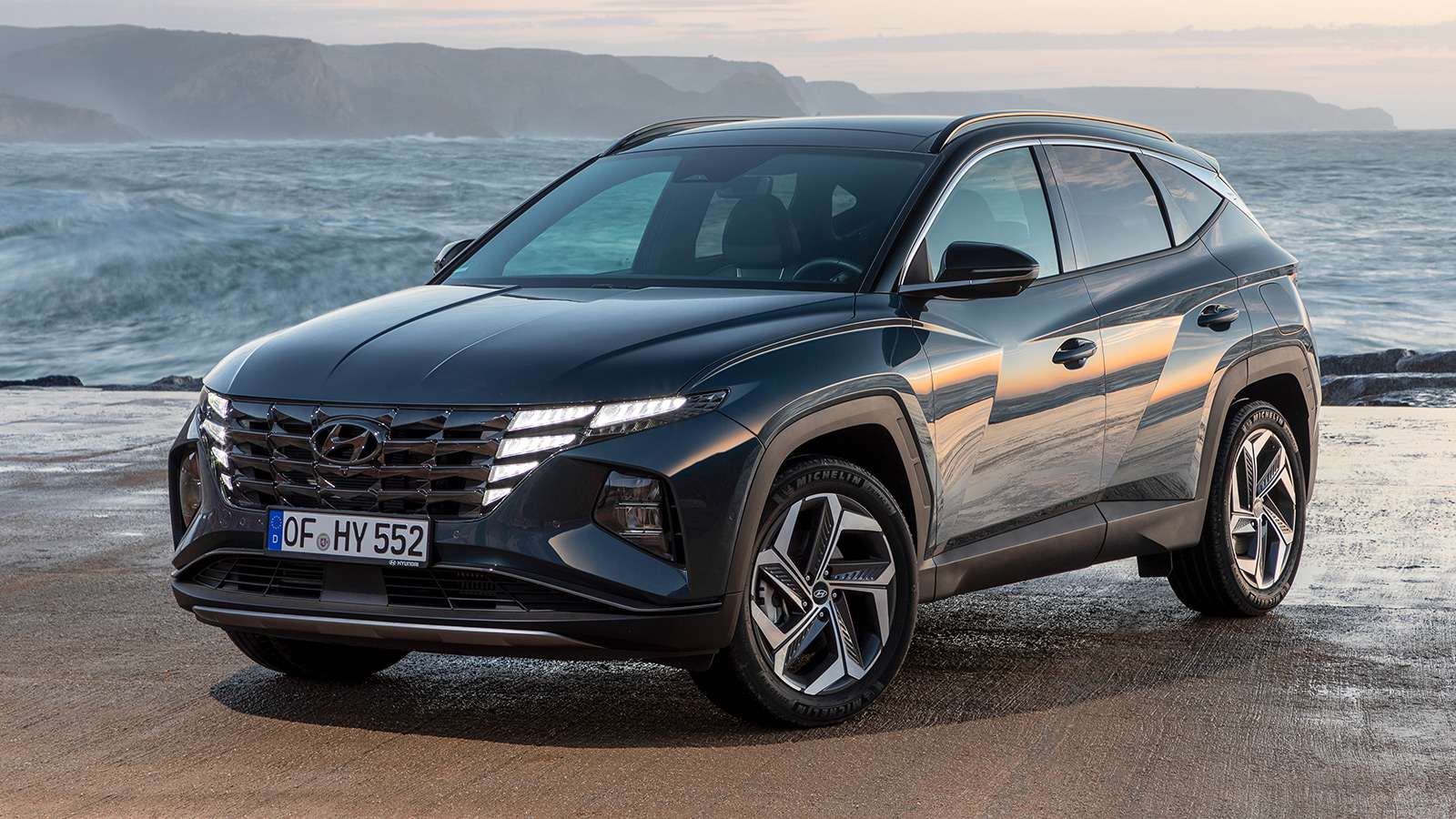
Fortunately for Bangle and de Silva, they have since left the car industry. Leaving behind a pivotal legacy in their field that has since been taken up by lesser talents. All of whom have seemingly failed to grasp the nuances of their work, to the detriment of our eyes and sensibilities.

As 21st-century car design get gaudier as designers rush to weave in push the boundaries set by Bangle and de Silva’s, it is uncertain if the big grille trend will ever die down. Perhaps never as private car ownership becomes untenable. Perhaps car design is headed for a new reckoning. One sparked by foundations planted quietly and unassumingly, just as it was in 1999.

